Every website experiences dips in traffic. But when that dip is sustained for months at a time, then you know you have a problem. While healthcare practices, as well as many other businesses, still heavily rely on referrals and word-of-mouth to keep new patients coming in, a practice’s website has and will continue to play an important role in earning new business.
Resolving the issue of low traffic can require more technical knowledge and marketing experience than the average physician or healthcare administrator has. To aid you in your search for understanding, this post will break down the likely reasons why your website is seeing low traffic as well as provide some possible solutions for fixing it.
Why You Have Low Traffic
The reason your website is seeing low traffic is likely the cause of multiple issues. It could be that your website’s ranking on search engines has fallen due to outdated SEO or maybe your competitors are outpacing you in online performance. SEO is a pretty big topic, so we won’t be covering it here. But you can read more about it on our SEO page. It could also be that your website’s load speed has slowed down, and users are becoming impatient and leaving without returning.
To help you determine more possible reasons for your low traffic, we’ve created a list of what users have come to expect from websites these days. If your website is not hitting all of these marks, then you’ll know where you need to start.
- Loads quickly
- Is mobile responsive
- Easy to navigate
- Uses high-quality imagery
- Text is organized and easily readable
- Pages are intuitively structured
- Content is well-written and informative
- It gives users exactly what they’re looking for
It’s possible that there is a more technical issue causing your traffic lull, but those are the big ones to pay attention to. So, once you think you’ve discovered your why, the next step is to figure out the how. Let’s take a quick look at the items we just listed and explain how each can be achieved.
Loads Quickly

A website’s load speed is effective by 4 primary factors: the hosting server, file storage, code structure, and the number of site plugins and add-ons in use. While there may not be much you can do to restructure your site’s code, as it requires extensive technical knowledge, there are things you can do to resolve the other three.
- Always make sure you’re compressing your images to the smallest possible size while still retaining their quality before uploading.
- Have whoever manages your hosting check the server’s performance for you. You may need to upgrade your hosting package to better accommodate the demands of your site or change your hosting provider.
- Uninstall and delete any unused plug-ins or add-ons on your site. The fewer you have, the better.
To see if your website could use a speed boost, try running it through Pingdom. This tool will show your site’s load speed as well as many other helpful insights and end by giving it an overall performance grade.
Mobile Responsive

Today, over 50% of internet traffic is coming from mobile devices. If you don’t have a mobile responsive website by now, you’re putting your website at a severe disadvantage. Hiring a web development company that offers mobile responsive design is your best bet for resolving this issue.
Easy to Navigate

Making it easy for users to get to your most important pages is of primary concern. If your website is built on a content management system (CMS), such as WordPress, reorganizing your existing navigation is pretty simple. Utilizing dropdown menus and determining link order are great ways to improve your site’s navigation. If you’re not able to make edits to your navigation through a CMS, you may need to contact a developer to help you out.
High-quality Imagery

Using a DSLR or high-resolution camera to create your site’s photography will give it a unique and high-quality feel. If you’re not able to take high-resolution pictures yourself, stock images are a good alternative. Shutterstock and iStock are two good pay-for services that offer a vast collection of stock photography. But you can also find plenty of free stock imagery on, Pexels, Canva, and Unsplash.
Organized & Easily Readable Text
On the web, text needs to be scannable. This means limiting your paragraphs to no more than 5 or 6 lines and making your sentences as short as possible. You should also be using headings to split up and organize text so that users have an easier time finding what they’re looking for.
Intuitive Page Structure

This basically means organizing your pages so that information is easily found and appear where a user would expect it to be. The goal here is to have users think as little as possible while clicking through your site.
Content Is Well-Written & Informative
Good writing is not an easily taught skill, but like anything, with some practice, it can be achieved. Techniques like reading aloud while editing and using simple sentence structure can help you get there. Online writing tools like Grammarly can also be a big help when it comes to deciding word choice and fixing grammatical and spelling errors.
Give Users What They’re Looking For
Think of how you search a website when you want a question answered. Now think of yourself as a potential patient. How should the information on your website be presented to answer their questions as quickly as possible?
What If Your Website Isn’t the Problem?
Making the necessary changes to meet the above performance standards will likely help you regain some of that lost traffic. However, it can take time to see the fruits of your labor. And what if your website is already meeting those benchmarks? In this situation, running a pay-per-click (PPC) marketing campaign can be what’s needed to bring you a healthy boost of traffic.
First, it’s important to note that PPC campaigns are a short-term strategy for earning traffic and conversions. Long-term strategies for sustained traffic usually involve some level of search engine optimization (SEO). You can learn more about what a long-term SEO strategy looks like by reading our post What Can SEO Do for You.
While there are several different types of PPC campaigns you can run, two of the most effective are Google AdWords and Facebook Ads.
Google AdWords
AdWords allows you to run ads at the top of Google’s results page for various keywords. If you’re unfamiliar with these types of ads, you’ve most likely seen them or have clicked on one while searching, perhaps without even noticing.

As you may have guessed, Google has built AdWords as a robust platform offering many ways to optimize your campaign for the greatest success. Every keyword word has a search volume, cost per click, and competitiveness rating to help you determine which ones your campaign should include. You can then set your ads to run a schedule as well as a budget. You can also set goals for the campaign and view its performance through various tracking metrics.
Facebook Ads

Facebook Ads have proven to be very effective, especially for certain healthcare practices. While the elements of a good social media ad campaign are many, they offer a relatively easy and inexpensive way to get ads seen by your ideal patients.
This is achieved through the highly-sophisticated ad targeting system built into the platform. With it, you are able to target users based on their age, location, interests, page likes, and other key demographics. Having the ability to show ads to finely selected groups of users greatly increases the chance of your ad being clicked on and typically leads to a nice return on investment when following a well-thought-out strategy.
The average cost per click for a Facebook ad varies on the industry. In 2017, the average cost per click (CPC) across all industries was $1.72. For healthcare, it was $1.32. Knowing the CPC for your ads is essential for deciding the budget and scope of your campaign. This coupled with the monetary value of a new patient will allow you to predict your ROI, set marketing goals, and determine cost-effectiveness.
Need Help?
If updating your website or developing a PPC strategy sounds like too much to think about while you’re also trying to run your practice and care for patients, you’re certainly not alone. Most doctors or practice administrators don’t have the time to perform all the duties required to maintain a successful web presence.
This is why the vast majority of healthcare practices hire a digital marketing company to develop and carry out these strategies for them. At Barta Media Group, we have an in-house team of digital marketing experts, designers, and developers capable of helping you solve your greatest marketing dilemmas. We have healthcare clients operating all over the country and have built long-lasting relationships by helping them grow their business and find marketing success.
To see what Barta Media Group can do to help your healthcare practice, give us a call at 678-464-5785 or fill out the contact form below.
